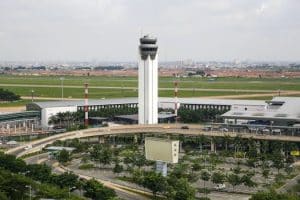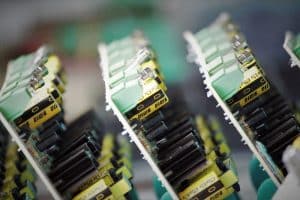The Renaissance of Rail: High-Speed Trains Meet Autonomous Tech
The world has always been fascinated with the idea of moving fast, from the invention of the wheel to the development of supersonic jets. In recent years, we have seen a surge in the popularity of high-speed trains, with countries around the globe investing in their development to revolutionize the way we travel. But what if we told you that the future of high-speed trains is not only about speed, but also about autonomy? With the rapid advancements in technology, the renaissance of rail is upon us, as high-speed trains meet autonomous tech to create the ultimate travel experience.
The Evolution of High-Speed Trains
The concept of high-speed trains is not new, with the first high-speed railway, the Shinkansen in Japan, dating back to 1964. Since then, countries like France, Germany, and China have also invested heavily in developing their own high-speed rail networks. These trains can travel at speeds of over 300 km/h, reducing travel time significantly and offering a more comfortable and efficient mode of transportation.
But with the advancements in technology, these high-speed trains are now being developed with autonomous capabilities, making them even more efficient and safer. This combination of high-speed and autonomy is set to revolutionize the way we travel, bringing us one step closer to a truly interconnected world.
Autonomous Technology in High-Speed Trains
Autonomous technology refers to the ability of machines to operate without human intervention. We have seen this technology being used in self-driving cars, and now it is making its way into high-speed trains. So, what does this mean for the future of rail travel?
One of the main benefits of autonomous technology in high-speed trains is increased safety. With the use of sensors and artificial intelligence, these trains can detect obstacles on the track and adjust their speed and route accordingly. This reduces the risk of collisions and makes high-speed trains a much safer mode of transportation.
Another advantage is increased efficiency. Autonomous high-speed trains can accurately predict their arrival times and make adjustments to optimize their speed, reducing travel time and saving energy. This not only benefits the environment but also makes high-speed trains a more cost-effective option for transportation.
The Future of High-Speed Trains
The use of autonomous technology in high-speed trains is still in its early stages, but the potential for growth and development is immense. With the rise of smart cities and the need for sustainable modes of transportation, high-speed trains with autonomous capabilities are becoming an essential component of our future.
Companies like Alstom, Siemens, and Bombardier are already working on developing autonomous high-speed trains, with testing and trials taking place in various parts of the world. These trains are expected to be in service within the next decade, offering a seamless and futuristic travel experience.
In Conclusion
The renaissance of rail is upon us, as high-speed trains meet autonomous tech to create the ultimate travel experience. With the development of autonomous technology, these trains are becoming not just a mode of transportation, but also a symbol of progress and innovation. The future of high-speed trains is bright, and it is only a matter of time before we see them connecting cities and countries at unprecedented speeds, with the highest levels of safety and efficiency. So, buckle up and get ready for a new era of rail travel.









